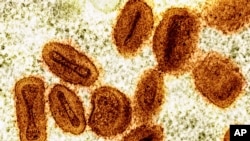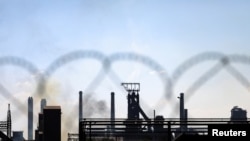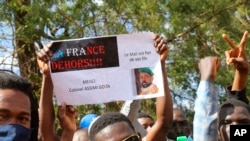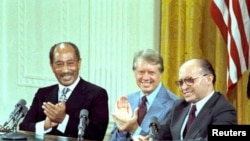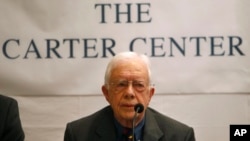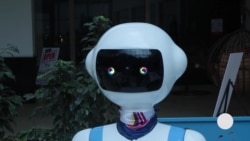Business and Technology
CAR's First Digital Coin Gets Poor Sales

The sale of the Central African Republic's first digital token, Sango Coin, got off to a slow start, with just over 5% of the target acquired in the hours after its introduction.
After going on sale at 17:00 GMT on Monday, just $1.09 million of the initial $21 million worth of Sango Coin had been purchased by 11:15 GMT on Tuesday.
"A crypto project not selling out its initial mint is a poor sign," said Joseph Edwards, head of financial strategy at Solrise, a crypto investment firm."It's hard to get a precise read on things because of the whole coin and project's deliberately obscure structure."
Central African Republic (CAR), one of the world's poorest countries, became the first African state to make bitcoin legal tender in April, baffling many cryptocurrency experts and prompting the International Monetary Fund to warn it was not a "panacea" for Africa's challenges.
CAR's official currency remains the Central African CFA Franc.
But the government has said its digital coin project will leapfrog the war-torn, mineral-rich country into a better future. It is aiming to raise almost $1 billion over the next year from the sale of its Sango Coin, according to its investment website, even as prices of such assets have tumbled this year.
Details that remain unclear include what exchanges the coin will be listed on once the sales have finished and what proceeds will be used for.
Another crypto industry analyst said Sango Coin did not have what many crypto enthusiasts view as one of the assets' main benefits - a lack of state involvement.
"They're building something that is literally controlled by the government," she said, declining to be named.
Investors who bought the Sango Coin, with a minimum investment of $100 paid in cryptocurrencies including bitcoin and USDT - cut on Sunday from a planned minimum of $500 - were enthusiastic about its prospects.
"Sango is backed by the potential of its natural (resources)," said Michel Muna, a 35-year-old Cameroonian who imports food and drink, referring to the CAR's pledge to "tokenize" its mineral wealth.
"Sango is the beginning of the Rise of the African Continent," Muna, who bought $524 of Sango Coin, said in a message on Telegram.
See all News Updates of the Day
Africa News Tonight: DRC, US in talks on trade and security, concerns of civil war risk in South Sudan, tariff talk rattles stock markets
Africa News Tonight: Summit focuses on Africa energy, WFP warns of hunger in southern Africa, UNICEF says fighters in Sudan assault children
Africa News Tonight: DRC president rejects talks with M23, Trump addresses Congress, US auto tariffs may shake up Nigerian car market
Africa News Tonight: Tunisia breaks with IMF, Nigeria reviews anti-terrorism plans, Israelis mourn deaths as ceasefire deadline approaches
Africa News Tonight: Debt relief on G20 finance ministers’ agenda, US risks losing business in Africa, MSF closes operations in Sudan camp
Africa News Tonight: Kenya works to block mpox spread, Nigeria moves closer to BRICS, China seeks to build support in Africa for its goals
Africa News Tonight: MSF leaves Khartoum hospital, Somalia, Ethiopia mend ties, steel maker quits South Africa in face of cheap imports
Africa News Tonight: Fears grow about freed prisoners in Syria, nations seek new defense strategy, Seychelles sees great-power competition
Africa News Tonight: FBI broadens probe in New Orleans attack, African nations struggle with debt, Carter effort led to landmark peace deal
Africa News Tonight: Carter funeral plans underway, Guinea opposition will not recognize military rule, Apple denies using conflict minerals
Africa News Tonight: Mahama officially declared Ghana winner, no clear leadership in Syria, South African clothing tariffs please unions
South Sudan in Focus: Juba road ban worries boda boda drivers, Kenyan deputy president faces impeachment, data helps improve public services
Africa News Tonight: Saied dominates in Tunisia election, China drives into South Africa auto market, Kenyan runner suspended over drug test
Africa News Tonight: Displaced communities at risk of mpox, Tunisia’s Saied shakes up cabinet, sun-powered tractor debuts in Malawi
Restaurant with Robot Services Causes Excitement in Nairobi
In Nairobi, a new restaurant is generating business and buzz – not just because of the food, but because of the staff. Robots serving dishes is the main attraction for diners who flock to the Robot Café. Juma Majanga reports from Nairobi, Kenya.









